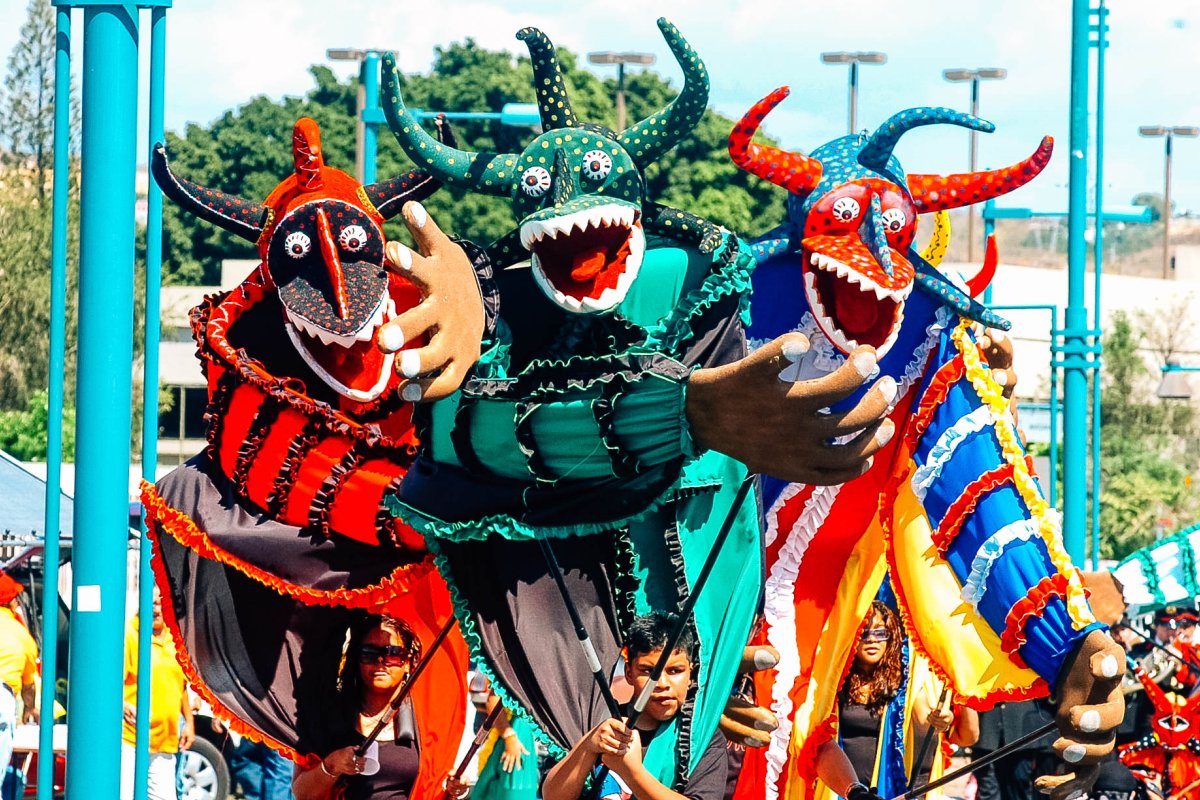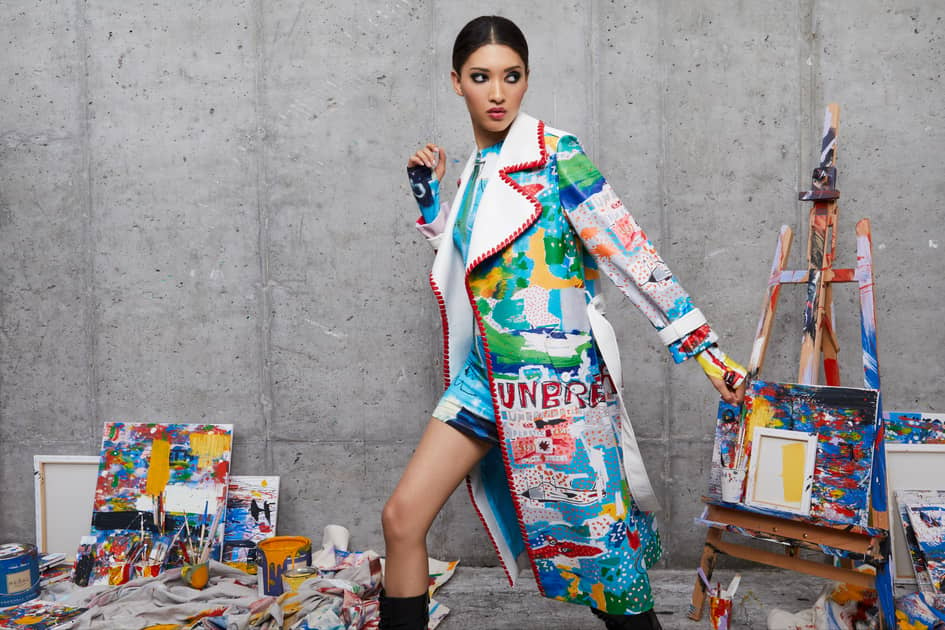
Almost every weekend, there is a festival or celebration around the Island. These are some of the biggest and most popular.
Festivals in Puerto Rico are colorful and loud: live bands play, amusement park rides twirl, parades take over streets, and, of course, fried foods are enjoyed. Each festival is rooted in tradition, often Catholic in origin, starting mostly mid-week and lasting through the weekend.
Some events are held in the San Juan metro area, while others will require a road trip to explore more of Puerto Rico. Going to a Puerto Rican festival is a great way to experience Boricua culture while having a great time.
Fiesta de los Reyes Magos
Along with Christmas and New Year's, the Epiphany on January 6th is also celebrated as part of the holiday season in Puerto Rico. According to Catholic tradition, the Three Wise Men (in Spanish, los Tres Reyes Magos) visited baby Jesus in the manger to deliver gifts. In Puerto Rico, town festivals throw parades featuring locals and actors dressed as the Three Wise Men as they pass out presents to children. The two most famous festivals are Fiesta de Reyes Juanadina, in the town of Juana Díaz, and Fiesta de Reyes Isabelinos, in Isabela.
Fiestas de la Calle San Sebastián
One of the most anticipated parties of the year and the unofficial close of the holiday season, the Fiestas de la Calle San Sebastián takes over Old San Juan from Wednesday evening until Sunday afternoon. During the day, plazas are filled to the brim with artists and artisans; some have stages for live music, dance, and circus performances. In the evening, the party ignites, and the street fills with people and music.
Festival de la Novilla
A novilla is a heifer, and it is the focus of a popular celebration in San Sebastián, a rural town on the west side of the Island. Celebrated on Sunday, live bands perform everything from folk music to salsa, artisans, and fried food vendors occupy the town square, and amusement park rides are set up. A cow is decked out in a crown of flowers and leads a parade through the town where scenes of country life are depicted on elaborate floats. The Festival de la Novilla closes with a concert of traditional music.
Festival del Frío
On an Island known for its warm weather year-round, the Festival del Frío, or the “Festival of the Cold” in English, celebrates the coldest peak in Puerto Rico: the mountainous municipality of Adjuntas. Visitors can enjoy carnival rides, local artisans, games, food, live music, and more in a family-friendly environment.
La Campechada
La Campechada brings together artists, performers, musicians, actors, puppeteers, and others with the aim of educating the public about Puerto Rican art and culture. Every year, the festival is dedicated to a prominent Puerto Rican artist and that becomes the inspiration for many of the new works presented during the festivities. There is an Artisan Fair, a Book Fair, an Art Fair, guided walks, conferences, workshops, live drawing, theatrical performances, and more. The city hosting the event changes each year.
Carnaval Ponceño
This annual festival in the town of Ponce lasts a full week and ends the day before Ash Wednesday. Every day of the Carnaval features colorful parades and activities, with long-snouted vejigantes (a local folk character that wears a colorful papier-mâché mask and multicolor jumpsuit) taunting the crowd, the appearance of King Momo and the coronation of the Carnival Queen, a masquerade ball, and finally the Burial of the Sardine, a simulated funeral marking the beginning of Lent.
Festival de Teatro Puertorriqueño e Internacional
The Francisco Arriví and Victoria Espinosa theaters come to life during this theater festival, which features performances of both local and international plays. Every year, the festival is dedicated to a prominent member of the theater community and features all types of theatrical works – from classic dramas to experimental performances. The theaters are located in the heart of Santurce, otherwise known as the art district of San Juan, and are surrounded by hip restaurants, coffee shops, and remarkable street art.
Festival de la Piña Paradisíaca
The "Pineapple Festival" is celebrated every year in La Parguera, an oceanfront community in the southern town of Lajas. The festival features vendors selling locally grown pineapples and dozens of local agricultural products and fried foods while local bands liven up the evening. La Parguera is packed with restaurants and bars as well as small hotels, charter boat rentals, and even a bioluminescent bay. During the celebration, there is a 5K race with an impressive view of the marina and mangrove coves that make La Parguera a favorite getaway for both locals and tourists.
Noche de San Juan
Saint John's Eve, locally known as Noche de San Juan, is an unofficial celebration in the capital of Puerto Rico that celebrates the nativity of Saint John the Baptist. Hundreds of people crowd the beaches so that at midnight they can jump backwards into the ocean seven times for good luck. Some hotels and bars also throw parties in honor of Noche de San Juan.
Festival de Santiago Apóstol
In Loíza, there is another style of vejigante, the ones whose masks are made from coconut and drift wood. During the Festival of Saint James, the Apostle, in Spanish Santiago Apóstol, there is a lively parade through the town where the vejigantes and the Spanish knights do battle, representing the struggle between the forces of good and evil. Bomba music, a traditional folk music with a distinctive African influence, thumps out while dancers use their colorful skirts to create a dialogue with the drummers, and the musicians respond to the dancers rather than the other way around.
Festival Nacional Indígena
This festival celebrates Puerto Rico's indigenous roots and the influence of Taíno culture and traditions. The town of Jayuya was named after one of the big caciques, or chiefs, that lived on the Island when the Spanish arrived in the 1500s and where Taíno hieroglyphs were found carved into a giant boulder. The Taínos were eradicated by the Spanish but their influence is still present in Puerto Rican culture. Jayuya also contains the highest peak in Puerto Rico, some of the best coffee plantations on the Island, a moonshine distillery, and a hot air balloon. Getting there is tricky but worth the trip!
Nochebuena
During Christmas Eve, known as Nochebuena, people gather with their families and friends to eat lechón and arroz con gandules (roast pork and rice with pigeon peas), drink coquito (like eggnog but coconut-based), and sing trullas (Christmas songs usually accompanied by drums, maracas, and güiros). If you're a visitor to the Island, most tourism services will be operating on the 24th, and in the evening many hotels and restaurants offer special Christmas dinners.




